Peter Fetterman ‘The Power of Photography’ Q and A
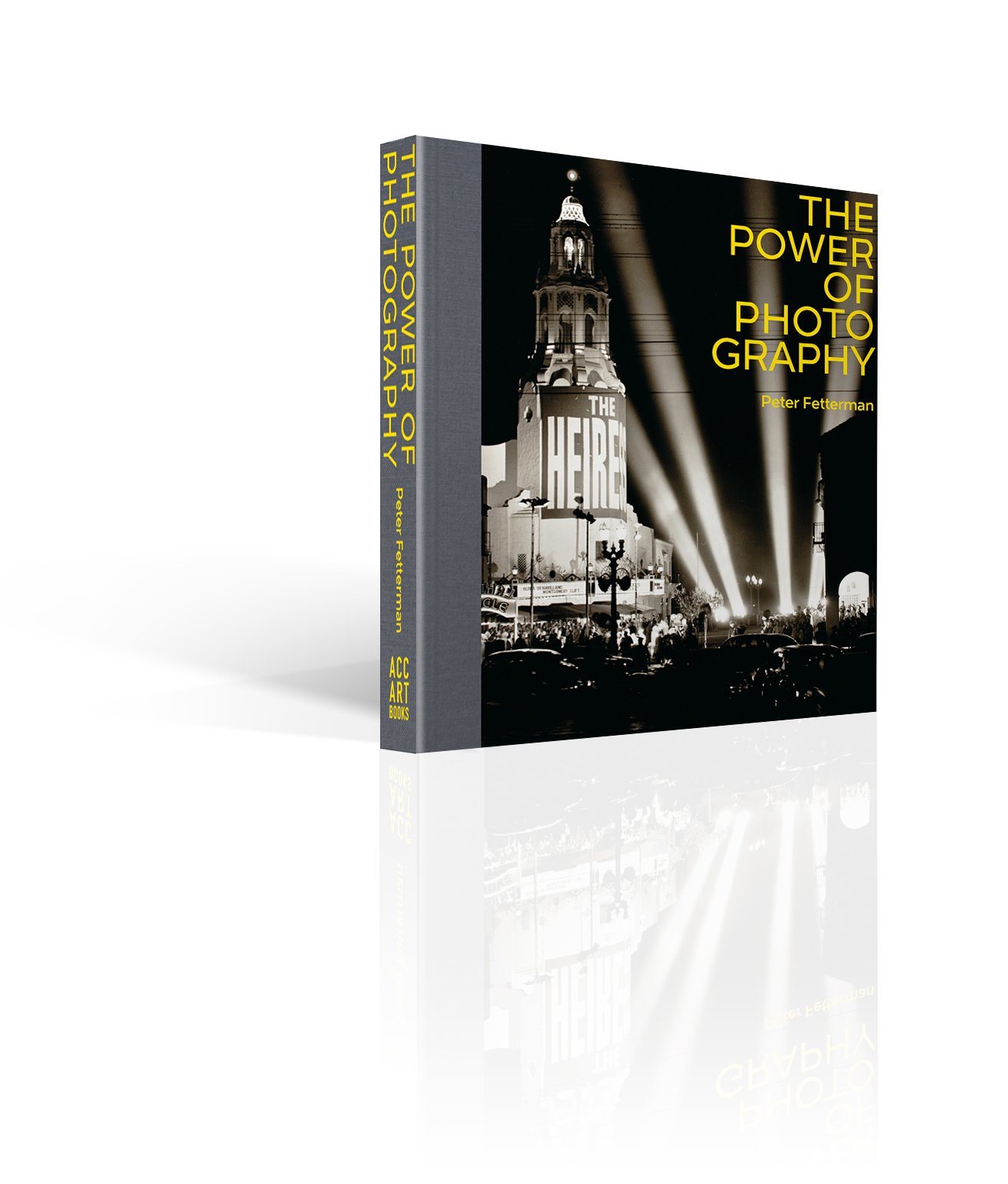 Carrie Kania, Creative Director of Iconic Images, photography archive and agency representing many of the world’s most renowned photographers, speaks to Peter Fetterman about his new book The Power of Photography and his life-long passion for the art.
Carrie Kania, Creative Director of Iconic Images, photography archive and agency representing many of the world’s most renowned photographers, speaks to Peter Fetterman about his new book The Power of Photography and his life-long passion for the art.
CK: Peter, how did your photographic journey begin?
PF: The journey started with films. Growing up in England, as I wrote in the introduction to this book, I saw a great number of films and was transported by them. That led me to consider a career in film. I started to work on the production side and produced a couple of independent films, Neither the Sea nor the Sand with Susan Hampshire and Full Circle aka The Haunting of Julia with Mia Farrow. At the time, the British film industry was a bit of a struggle, so I thought I needed to go to Hollywood. I arrived in Los Angeles in 1979. I thought I’d stay for a few weeks, maybe a month. The fact is, I never left.
CK: When did your dreams of being a filmmaker turn into photography.
PF: I was in LA for a few months, trying to make my way through the film world, when I was invited to a small dinner party. The host happened to have a little collection of photographs and it turned out the prints were for sale! The host wanted to purchase a vintage car and his wife told him he needed to sell some of his photographs first.
That is when I first saw the Max Yavno print [The Premiere]. I had this immediate reaction to the image because it was very autobiographical to me. And over the course of my life as a collector, that is what I learned; all collecting is autobiographical.
Collecting touches elements in your personal history.
I timidly asked the host how much the Yavno was. It was $400; a terrific sum to me, as I didn’t have much more than that to my name. To top it off, I was driving an old Pinto with bad brakes. I had to make a choice between getting new brakes or the print. I didn’t have to think more than a few minutes. I had to have this photo because it summed up the reason that I came 6,000 miles to try to fulfil my dreams.
That photo, that moment, changed my life.
CK: So that first purchase launched your new career?
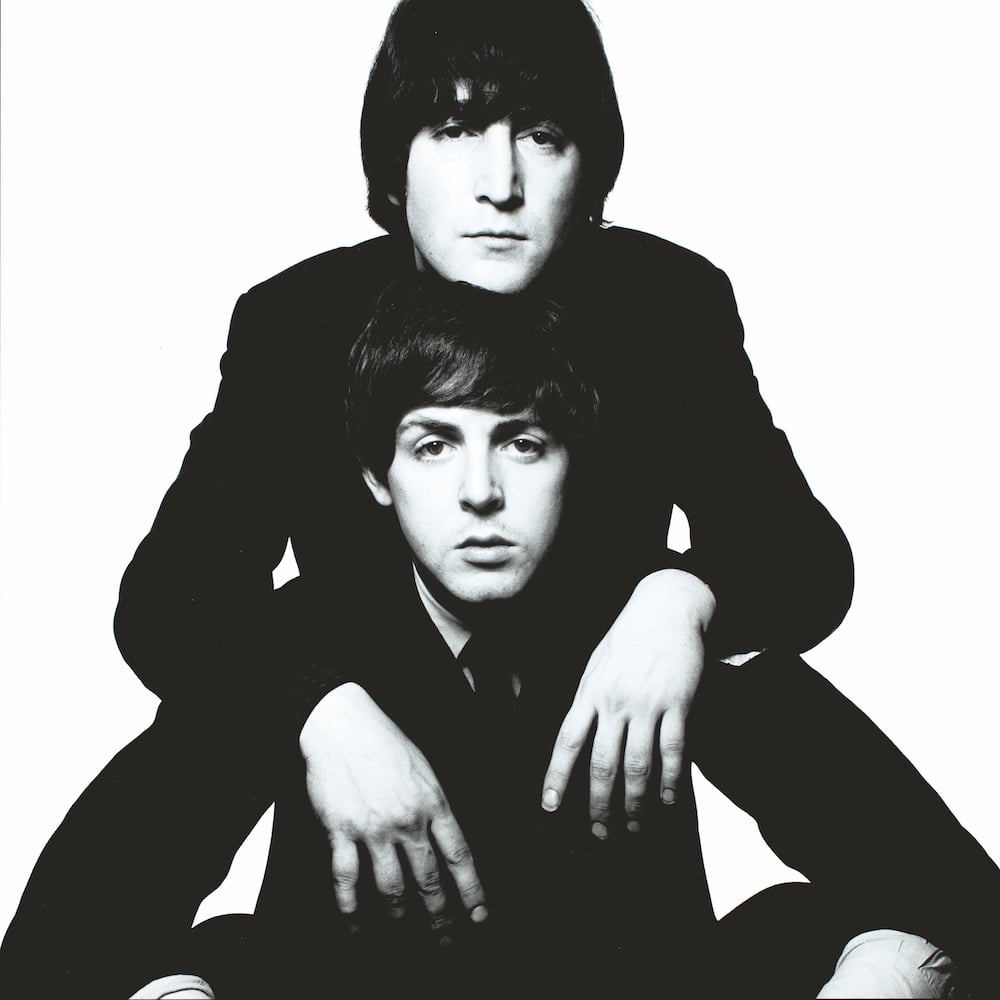
PF: I produced a film with MGM and it was a total disaster. The worst nightmare you can imagine. I was so naive and powerless to change anything about the film and it convinced me to change career directions. I found this new passion, photography — and this new love that made me very happy. I realised that I could be in control of my own taste.
The degree of control was very important, and I found out quickly that if I stayed in film, I wouldn’t have that.
The Max Yavno started me on a pursuit to understand photography and the history of photography; to try to understand why one image is great and one is not great. I became a student and every day I did photo aerobics. I consumed photo books to train my eye, to understand why I was reacting the way I was when I saw a photo I loved.
CK: How did you start after making the decision to become a collector?
PF: It was very hard to start. I was owed $5,000 by a film distributor and I couldn’t get them to pay me. I was back in London at this point, so I finally went to their office and refused to move until they wrote me a cheque.
By chance, there happened to be a photography auction on Bond Street. “Sale tomorrow, preview today.” And I went in and fell in love with a photo. I was feeling pretty rich, having just secured my cheque by staging a sit-in. That’s how I bought my second photograph, over at Sotheby’s. It was a beautiful Heinrich Kuhn photograph of his children. I thought to myself, “I am now a collector!” I had two photographs.
Then, of course, I had to sell it. I had to start my new life and you can’t be a hoarder in this business if you want to support yourself with your new venture. I became a dealer out of my rent-controlled apartment and my gallery was in the trunk of my car or in a suitcase. And as soon as I sold a photograph, I bought one. Not much has changed!
Over the years I’ve learned that no matter if you sell it, the image will always be with you. Maybe it is my quasi-Buddhist way of thinking. It is OK to let it go to another home, as you hope the person who bought the photo will get as much intellectual stimulation as you did.
CK: How do you know what to buy?
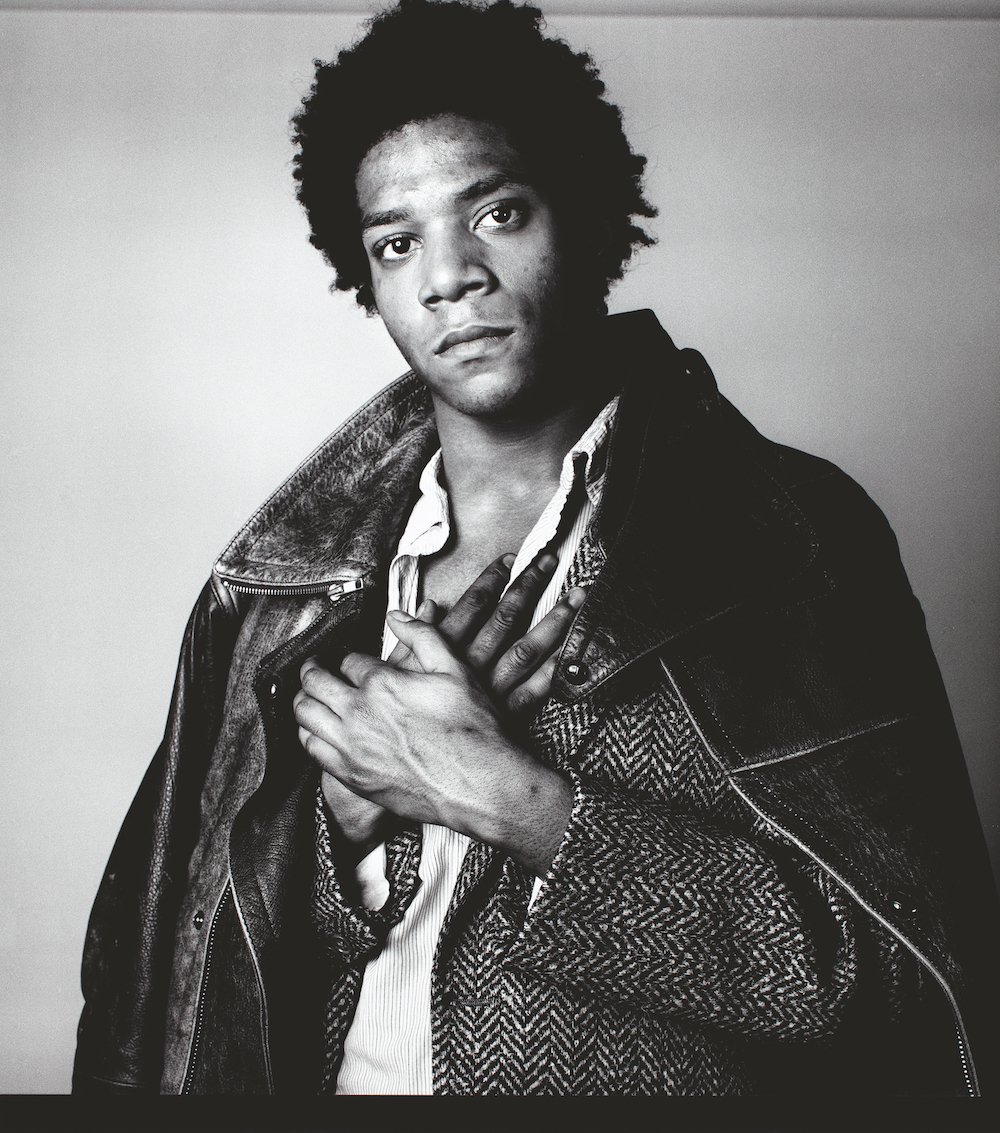
PF: My mantra is very simple: always be open and receptive, and only collect something that moves you or changes you in some way. Collecting is like reading a great novel; you are one person before and one person after. That’s the litmus test on whether or not you should acquire an image. Does it haunt you?
The wonderful thing about photography is that a photo can have as much of an impact no matter who the photographer is. That’s the part of the charm. You can afford to buy a masterpiece by an anonymous photographer. It keeps it fresh. It is all about the image, whether it was created by a famous artist or just a discovery. That is what has sustained me for more than 40 years of my life. It is all about the hunt and the surprise.
CK: What mistakes have you made along the way?
PF: The mistakes I’ve made in the 40-plus years of doing this are all about the images I didn’t collect; missing the opportunity to get them because your mind was running through too many reasons not to. If something moves you, go for it. Don’t hesitate. Find a way.
I remember a Julia Margaret Cameron photograph. I didn’t have enough money, nor did I have the room for it. But you find it, you a make a sacrifice. Real collectors stay in dumpy hotel rooms rather than a nice one, if that means they can get a great photo. A sandwich instead of a restaurant because the image you want is more important. When you have the urge to possess it, that emotional connection, you buy it. You can always have another meal. You can’t always get that image again.
I remember recently buying a photo at a fair. I had to get that image before someone else did! You know when something is great, a bell goes off in your head. A twinge in your heart and that’s it. L’amour fou.
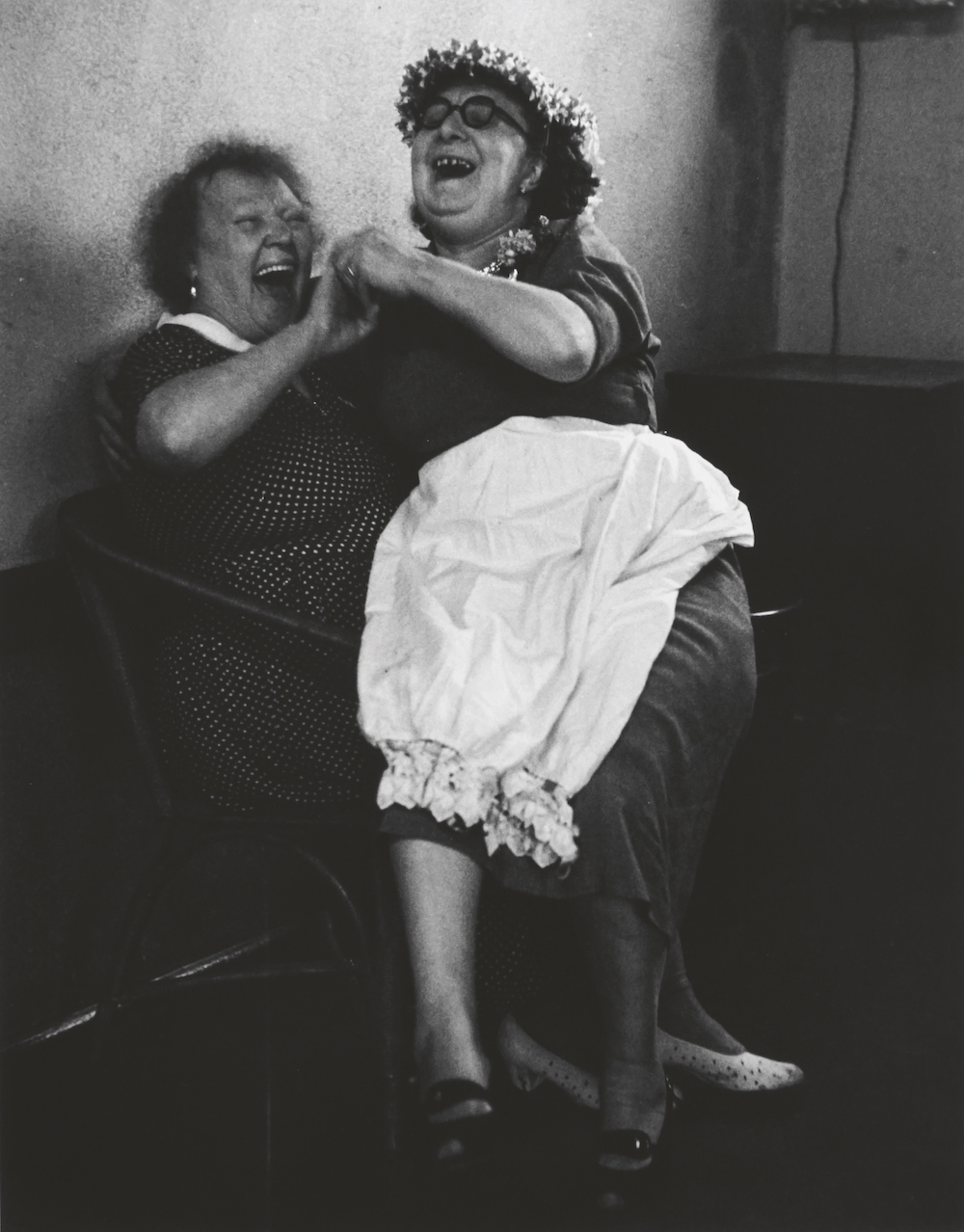
CK: You have developed unique relationships with so many photographers, but there was one meeting that changed your life. Tell us about that.
PF: I was about three years into my new career and I was in Paris. A lot of great things happen in Paris. This trip, I had an appointment to see the great Henri Cartier-Bresson. I was already selling his work, but meeting him was a life-changing experience. He and his wife, Martine Franck, were very gracious and adopted me, in many ways. They made introductions for me that changed the course of my career. At the time, a lot of these great photographers needed a passionate advocate, particularly in America, where I was based. They introduced me to Sebastião Salgado, with whom I’ve been working for nearly 35 years now, and also Willy Ronis, Robert Doisneau, Edouard Boubat, Sabine Weiss and many others.
CK: How did your e-newsletter, The Power of Photography, start?
PF: In my work, I became a bit like a travelling salesman. I travel to art fairs 10 to 15 times a year. Any venue! I’d be there. And when you are on the road, you don’t have the time or mental energy to focus on projects such as this.
But then, suddenly, it all stopped.
I was stuck at home with the rest of the world. I decided to use the opportunity and look for the silver lining. If I was going to be in one place, what could I do with that?
On a Monday morning, I was sitting at my desk when an idea just came to me. I am going to write about an image every day for a week, e-mail it out and see what happens. I am going to choose an image and remember why that special photograph had an impact on my life.
By sheer luck or accident, that’s how the project started. And once I started, all the memories started to come back to me, all the images came back to me. I was on an accidental path; an odyssey through the work. This was to become my autobiography; how I met these people and what the photo means to me. In the process of doing so, seeing these images, and thinking back to them, has made me feel better. Doing this has allowed me to cope in the world.
The Power of Photography is a personal journey through a world I am very fortunate to have found.
CK: And the response?
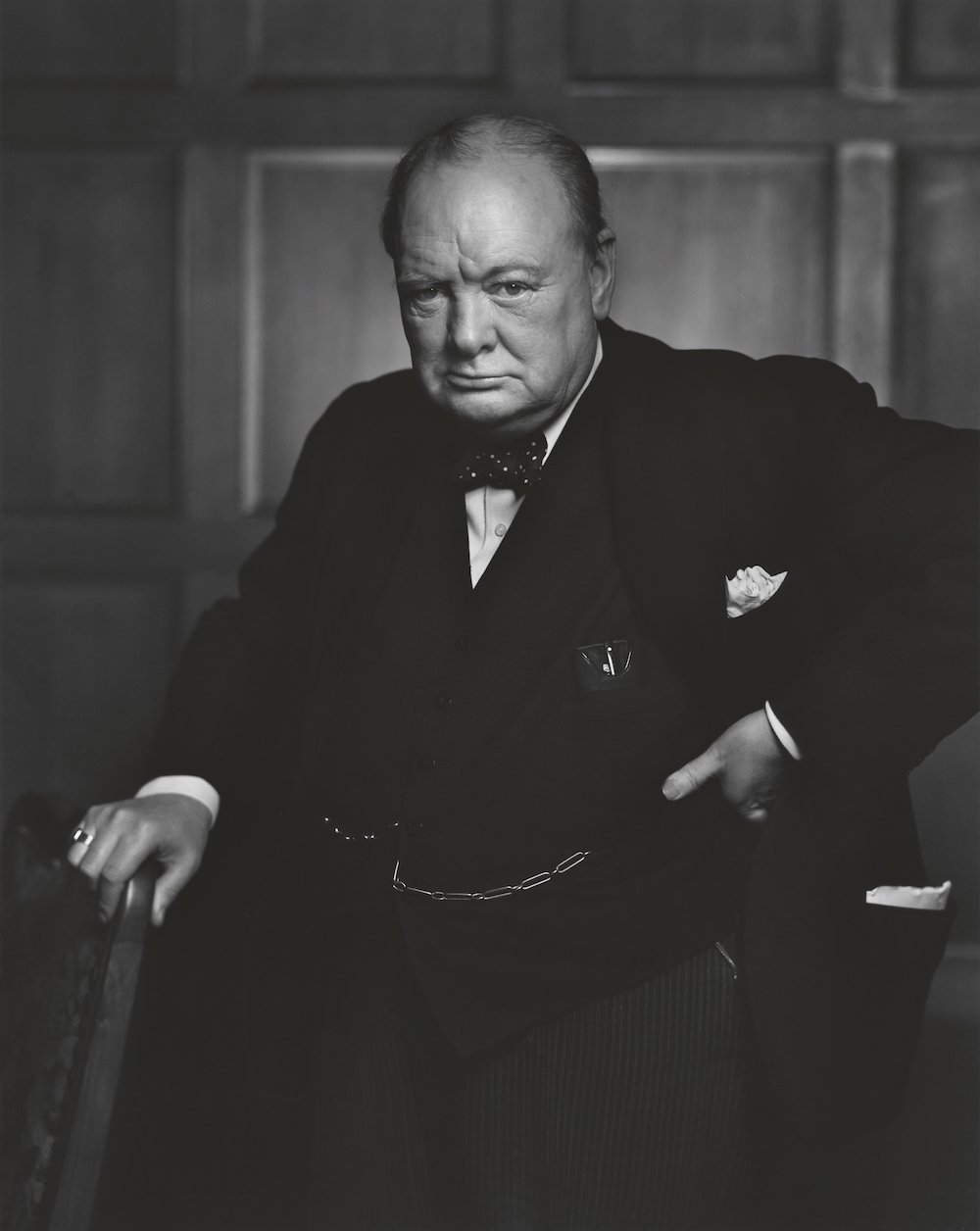
PF: The response was pretty immediate. It didn’t take more than a day or so before I started to receive notes back. And if I were late with a posting or e-mail, I’d receive e-mails from people asking if I was OK? I realised that these photos were reaching people and hopefully helping people. These photos were suddenly giving people moments to ponder.
The photographs that always received the most response were images of children or couples. It was the humanist images that touched people the most. At the end of the day, it was the common humanity that we could all relate to.
CK: When did you decide to turn The Power of Photography into a book?
PF: I started to get a lot of messages from people who signed up for our newsletter asking if we were going to do a book. That’s when it dawned on me that I should think about creating a permanent artefact of this time, this era.
I wanted a memory of this, too.
CK: What was the selection and editing like?
PF: There are 120 images included in the book. Every image selected is an image I have collected.
Selecting which images would be included in the book was a challenge and it took time. Over the course of putting this book together, images went in and images went out. In many ways, I’ve been working on this book for my whole life. I suppose you have to think: if the building is on fire, which ones will I grab? You force yourself to do that edit. It wasn’t easy. You love all your children.
CK: This book, then, has developed not only as a masterclass in photography, but also fragments of your own memoir, your view of beauty.
PF: Because these are photographs that I have collected, they are all personal to me.
CK: What do you want the reader to take away from the book?
PF: I hope it will move people. I am not naive in thinking this will change the world, I just want the book, these images, to give people a moment of pleasure, of contemplation or inspiration. I hope it will encourage people to make their own photographic discovering or even stimulate their own paths in this amazing field.
Photography, for me, has deep meaning and passion. It has educated me. I’ve learned so many things through images that otherwise I may not have encountered.
Go on your own journey of self-discovery. Open your eyes and say yes to other people, other cultures. We are all connected. That’s the essence of the power of photography: connection.
This interview is taken from the book The Power of Photography. Find out more about the Peter Fetterman Gallery.